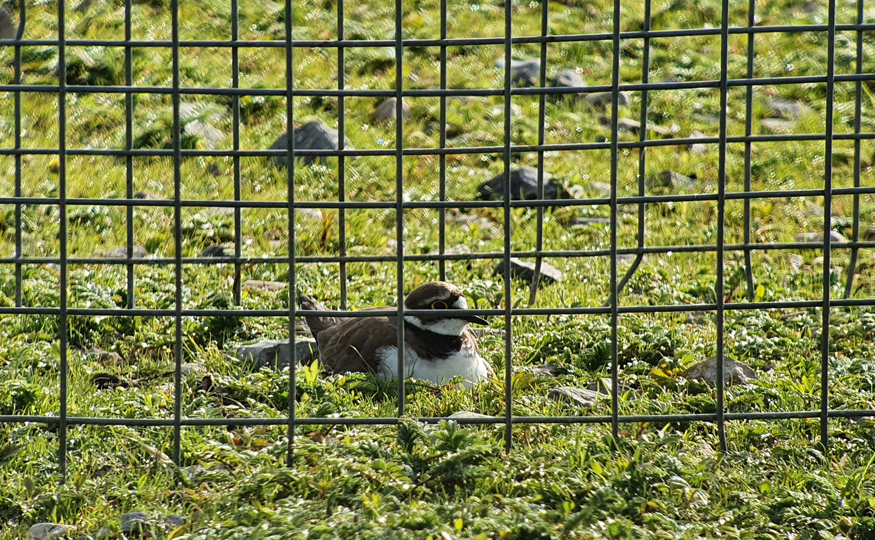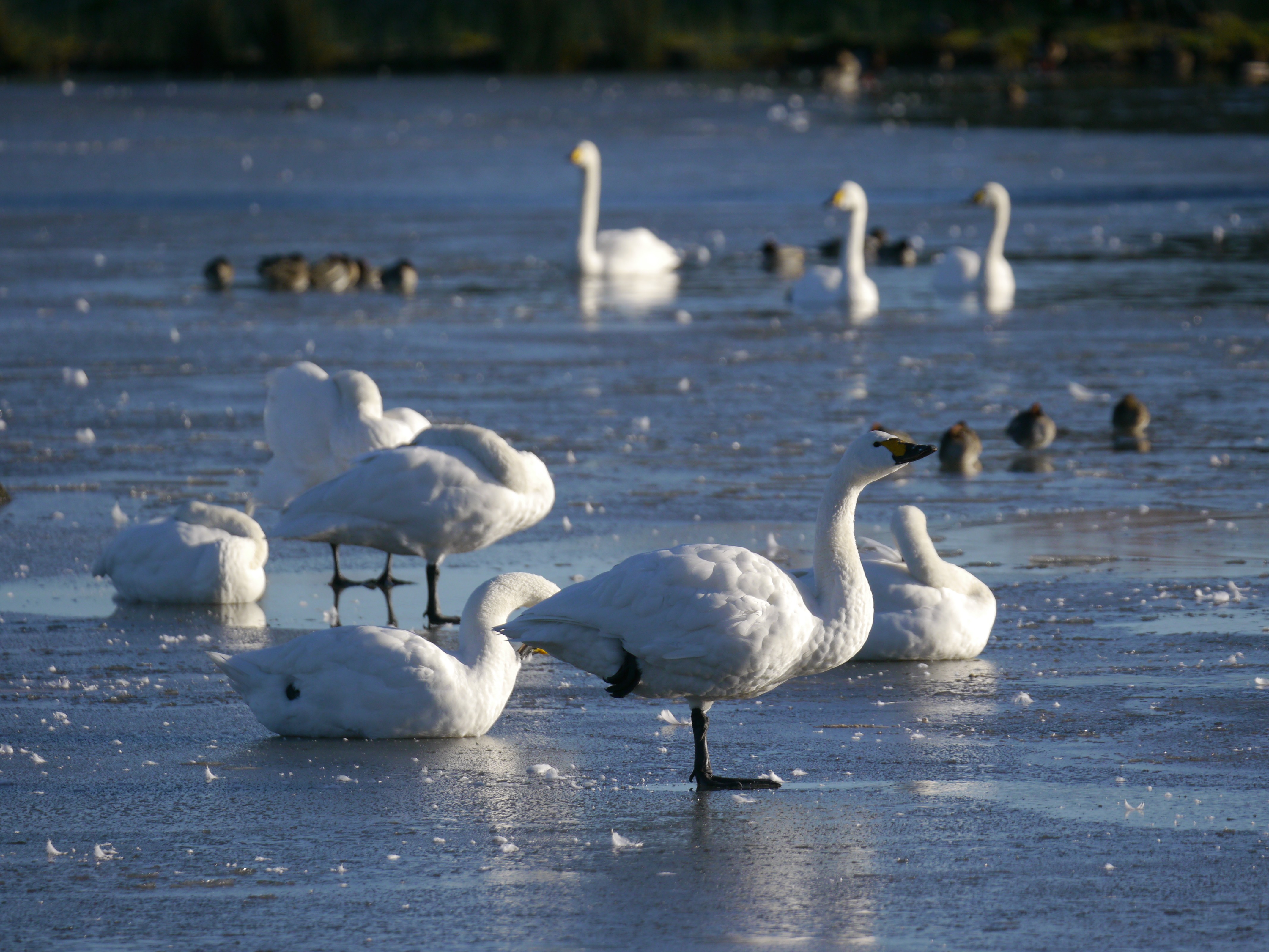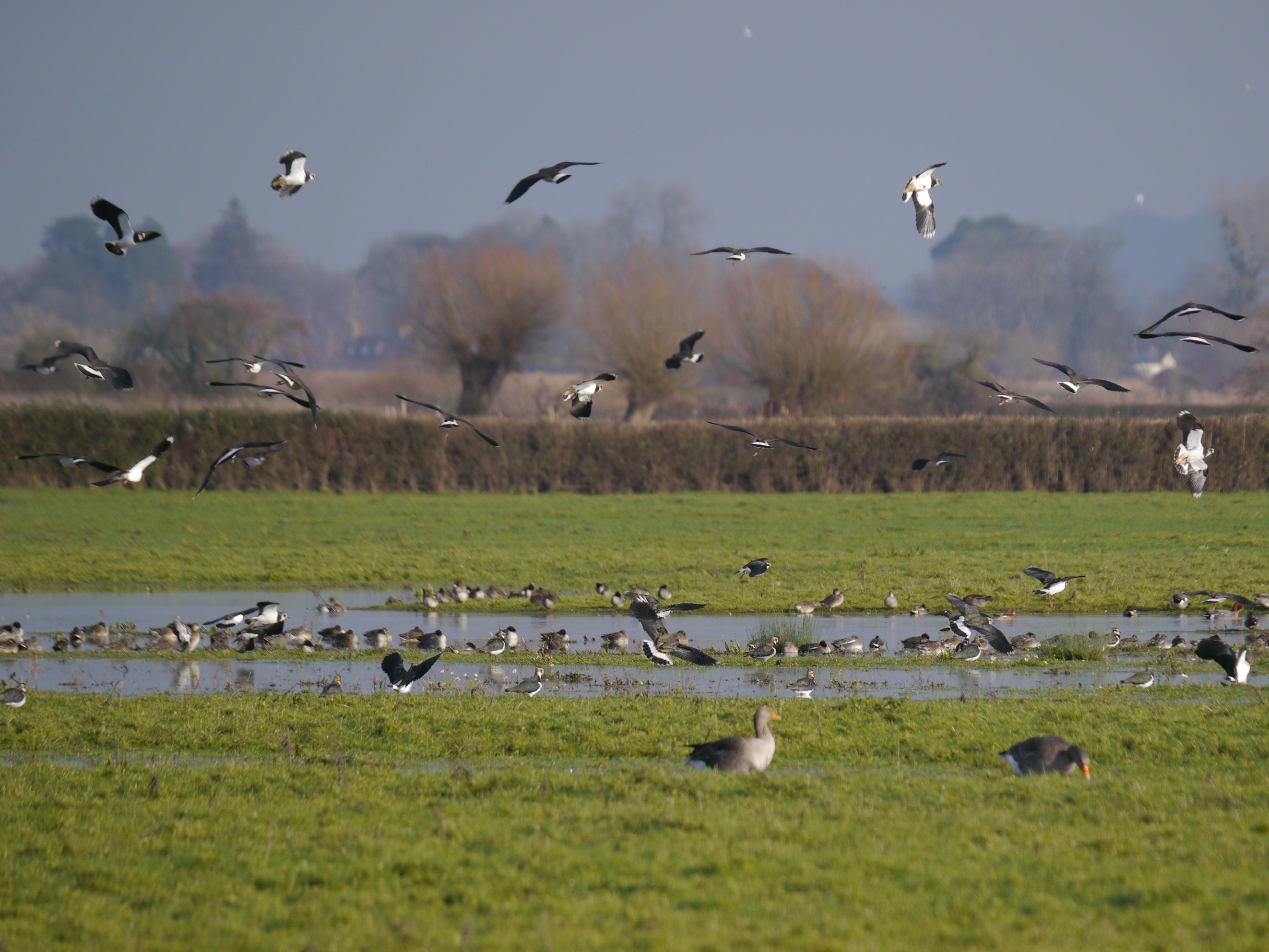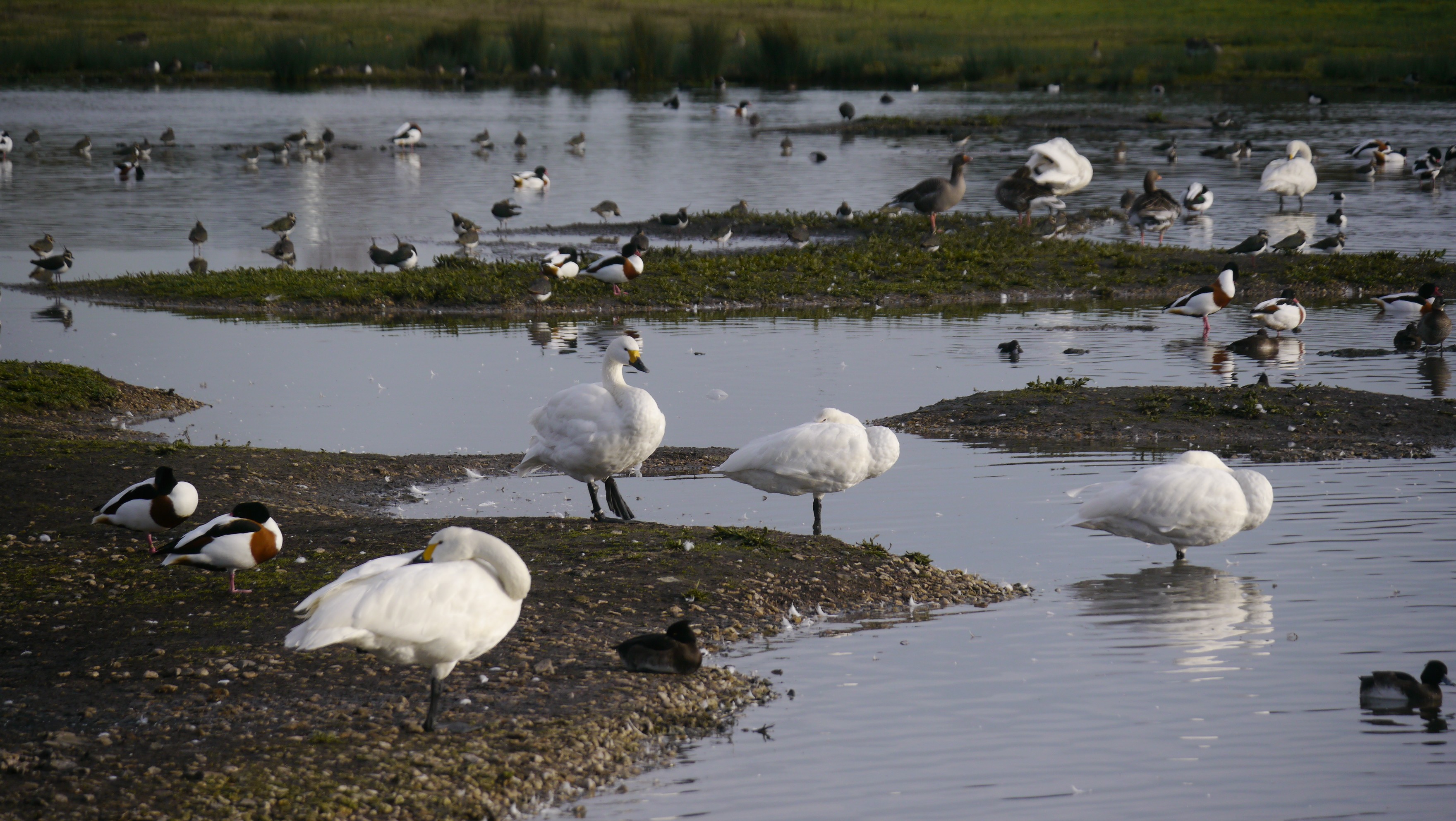End of the week roundup
A mixture of sunny spells and showers have rounded off the week on the reserve

A mixture of sunny spells and showers have rounded off the week on the reserve as we get ready for the Bank Holiday weekend and school half term to follow. Water levels have remained high and fields have remained wet, and more and more Avocet chicks are hatching out. New life is all around us.
We enjoyed a single day of glorious sunshine on Thursday, and we're hoping that isn't it for the summer. As we approach June we're already looking ahead to Autumn migrants. We usually see the first returning Green Sandpipers around the 10th June, these likely to be failed breeders returning to wintering grounds early. Not to long after them during July we'll see our Black-tailed Godwit returning from Iceland before the migration floodgates open in August and September with other high arctic species and the juveniles of all species.
Estuary Tower
The scrape on the Dumbles is currently home to 13 Avocet nests, with adults incubating and waiting for their chicks to hatch. A series of larger tides this week have produced little with only a handful of waders on the river including a Grey Plover, several Dunlin and Ringed Plover, and a few Sanderling. The Grasshopper Warbler was heard reeling again this morning at Middle Point.
The two Great Egret have been roosting in the Long Ground Pool willows and usually spend part of the morning here or on the Tack Piece before moving to the north of the reserve to feed for the day. Several Little Egret are also around the hide, hunting for food to take back to growing chicks in the local breeding colony.
Perhaps more unusual today was a Fulmar coming up the estuary on the high tide. The bird was seen from the north side of the estuary at Hock Ditch.
South Lake
We're still waiting for the first glimpses of the Crane chicks - we believe they may have hatched as the adults have spent a lot of time standing on the island and looking down, but the vegetation is too tall for us to yet see any small ginger fluffballs moving around. Time will tell. Avocet on the wader scrape have been much more obvious with at least 32 chicks from 13 broods noted on Thursday. The Oystercatcher chicks remain on the roof of the Discovery Hide, so look out for parents arriving with food. They are one of the few British waders that actually provide food for their young, with nearly all other species leaving chicks to forage for themselves. This allows Oystercatchers to breed in more unusual places, such as the roof of a hide!
Also on the wader scrape, the Black-tailed Godwit flock has increased to 47 birds.
The drake Goldeneye continues to visit the deep lake where our pair of Great Crested Grebe are also present. At least one Cattle Egret has been noted in the last few days, usually here on the causeway but the bird has also been seen with the Longhorn Cattle from the Reedbed Walkway and Van de Bovenkamp Hide.
Rushy Hide
The Little Ringed Plover have taken to their nesting cage and continue to incubate, despite the best efforts of another male trying to claim the territory for himself. The male from the breeding pair has spent most of the week defending the area. Our Oystercatchers here have hatched with three chicks growing well. Only a single Avocet chick remains but there are at least eight other nests yet to hatch.
Zeiss Hide
A few more Avocet can be seen here along with a couple of pairs of Redshank and Lapwing. A single Bar-tailed Godwit has also been present for several days on the scrape. The drake Garganey reappeared this morning too.
Reedbed Walkway
Listen out for the Cuckoo who is often singing from the hedgerow of the Tin Shed Ground. A female has also been seen and heard this week. Don't forget to check the herd of Longhorn Cattle for the Cattle Egret too.



